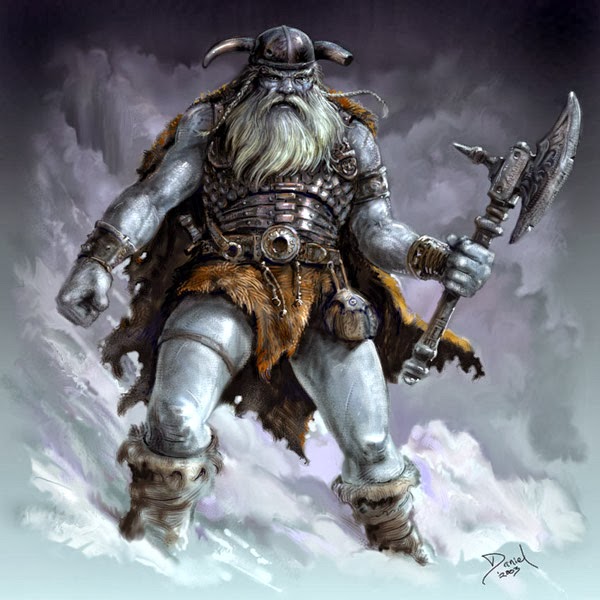
The Giants were skilful builders, wise and experienced in all the occult arts. When they became angry, a so-called Giant valor seized them which made their strength double what it was before. As already explained, the Giants lived in Jotunheim or in mountains lying nearer the haunts of men. More than ordinary fame attaches to Utgard, the Giant counterpart to the Midgard of mankind. The river Iving, which never froze over, marked the boundaries between Giants and gods. When the expeditions into the Arctic seas of the North began, Jotunheim or Giant-land gave its name to a real country: the great Russian steppes about the White Sea or Gandvik (the Bay of Trolls), or more particularly the regions bordering on the river Dwina. Here ruled the Giant kings, Geirrœd and his brother Godmund of Glæsisvoll; and many a daring voyager who visited them had surpassing dangers to encounter. The actual ruler of Utgard, however, was the crafty Utgard-Loki.
 Bilingual Vietnamese Fairy Tales
Bilingual Vietnamese Fairy Tales
 Vietnamese Fairy Tales Collection
Vietnamese Fairy Tales Collection
 Shan Hai Jing
Shan Hai Jing
 The 72 Spirits of Solomon
The 72 Spirits of Solomon
Comments
Post a Comment